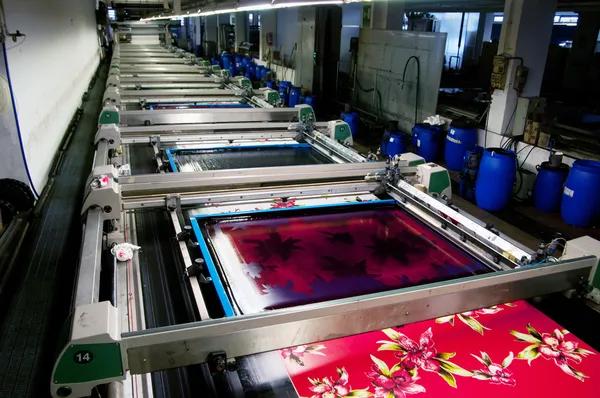The fashion industry is one of the largest contributors to environmental pollution globally, with footwear being a significant part of it. However, in recent years, there has been an increasing shift towards sustainable practices within the keremgell.com industry. The role of textiles in this transformation cannot be overstated as they form a crucial component in the production of footwear.
Textiles play an integral role in creating sustainable footwear fashion by providing eco-friendly alternatives to conventional materials. Traditionally, shoes were primarily made from leather and synthetic materials which are not only non-biodegradable but also itsmiragerecords.com require energy-intensive processes for their manufacture. This led to high carbon emissions and large amounts of waste that harm our environment.
However, with advancements in textile technology, we now have access to various sustainable fabrics such as organic cotton, hemp, bamboo teamgroupchat.com and even recycled plastics that can be used in shoe production. These materials are renewable and biodegradable making them much more environmentally friendly than their traditional counterparts.
For instance, organic cotton is grown without harmful pesticides or synthetic fertilizers reducing its environmental footprint significantly. Hemp is another excellent example; it requires less water than cotton and naturally repels pests thus eliminating the need for chemicals during cultivation. Moreover, companies are now using innovative techniques to turn discarded ssssoundcloud.com plastic bottles into durable yarns that can be used for producing shoes.
The use of these sustainable textiles not only reduces the ecological impact but also adds unique aesthetics and comfort features to the footwear enhancing their appeal among consumers who increasingly value sustainability along with style.
Furthermore, adopting these textiles allows brands to recycle or upcycle waste products thereby promoting circular economy principles within their operations. For indigobeatzstore.com instance, old shoes can be disassembled into individual components which can then be recycled into new materials for future use reducing waste significantly.
In addition to using sustainable textiles for production purposes, many brands are also focusing on improving their manufacturing processes by minimizing energy consumption and reducing greenhouse gas emissions throughout their supply chains further boosting sustainability efforts cloudsmade.com within the sector.
Despite these promising developments, the sustainable footwear fashion industry still faces significant challenges. Many of these eco-friendly textiles are more expensive to produce than conventional materials making it difficult for brands to offer affordable options for consumers. Additionally, there is a lack of awareness among consumers about the benefits of choosing sustainable footwear sampelso.com over fast-fashion alternatives.
However, with increasing pressure from consumers and regulatory bodies alike, the industry is continuously innovating and finding new ways to overcome these obstacles. The role of textiles in this journey towards sustainability remains pivotal as they form the backbone of any footwear product. As we move forward, it’s clear that textiles will continue playing a crucial role in keelescales.com shaping a more sustainable future for footwear fashion.

